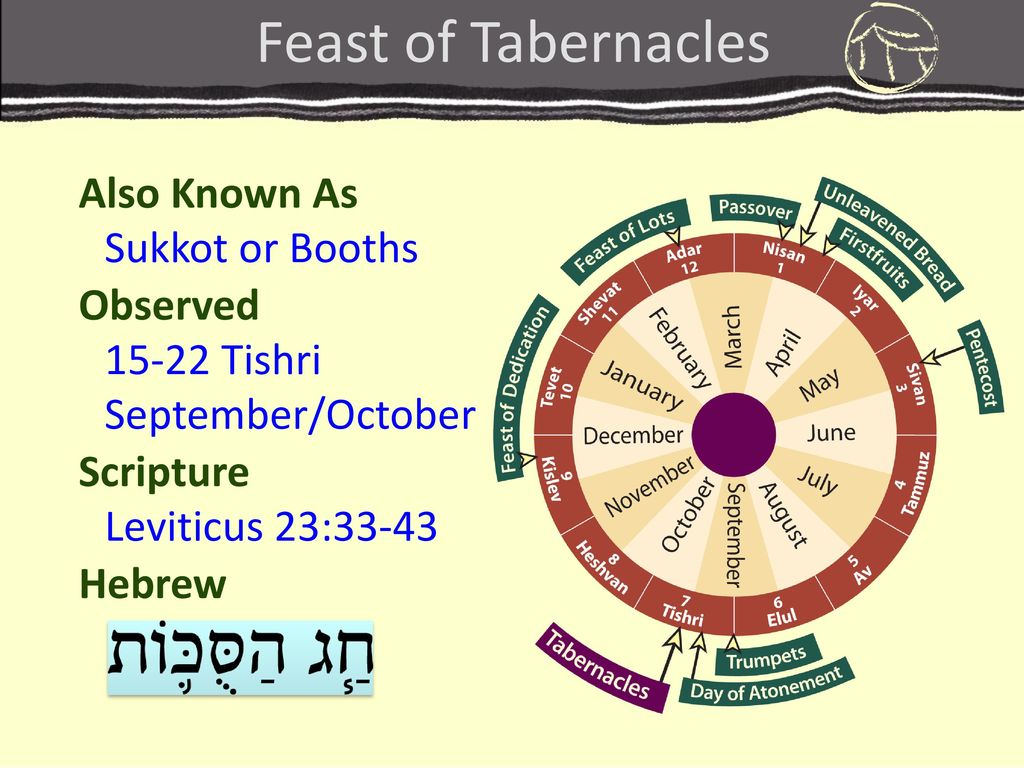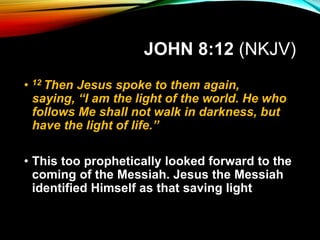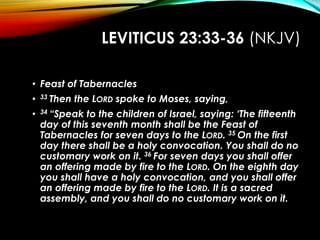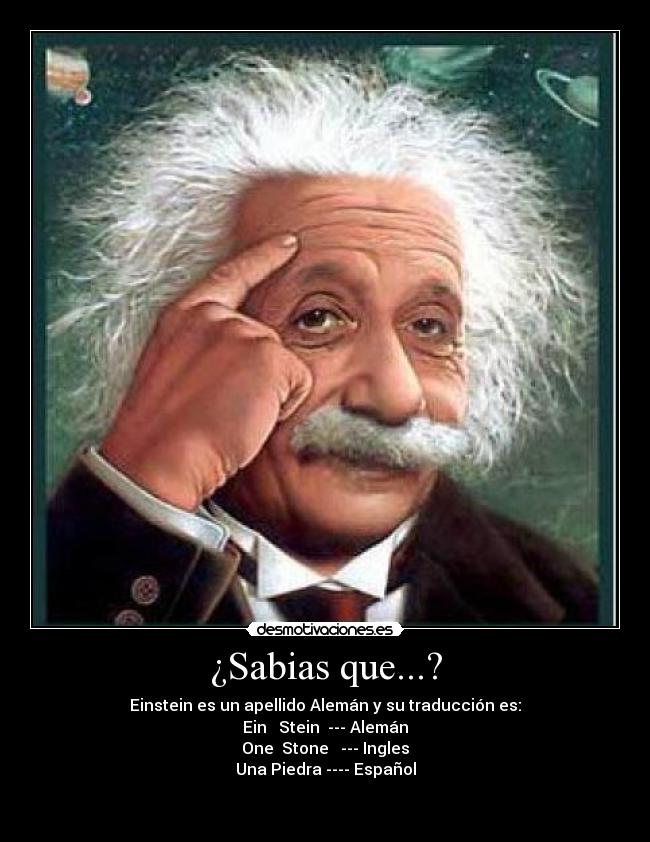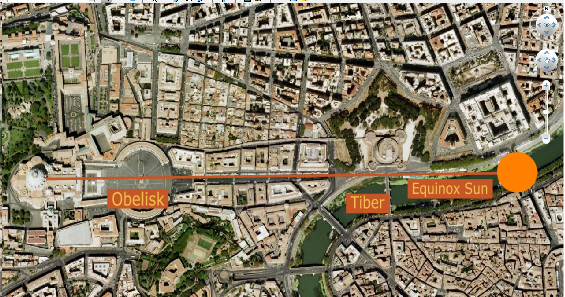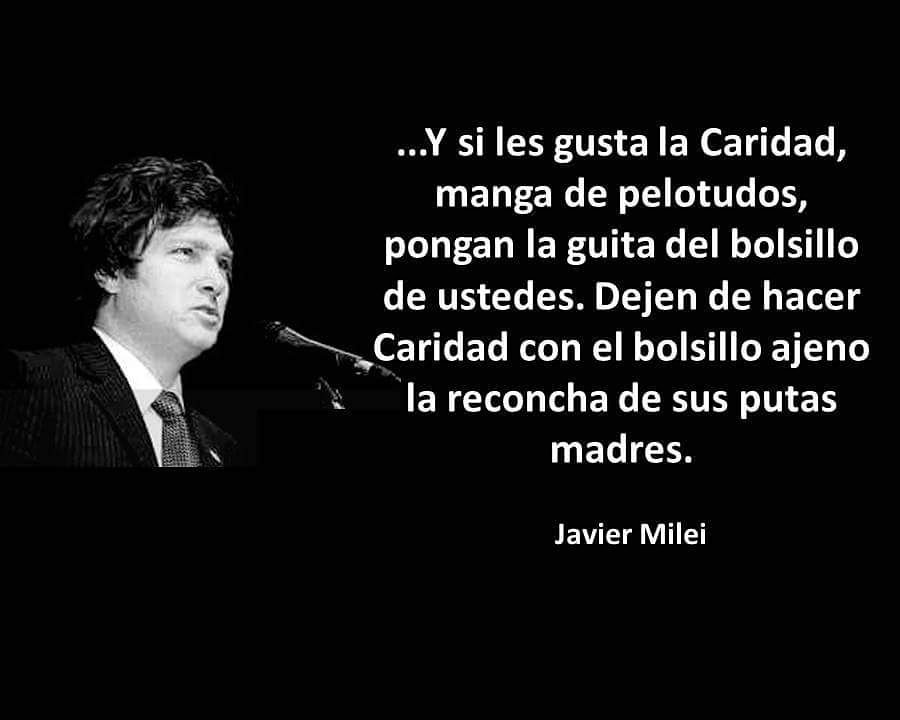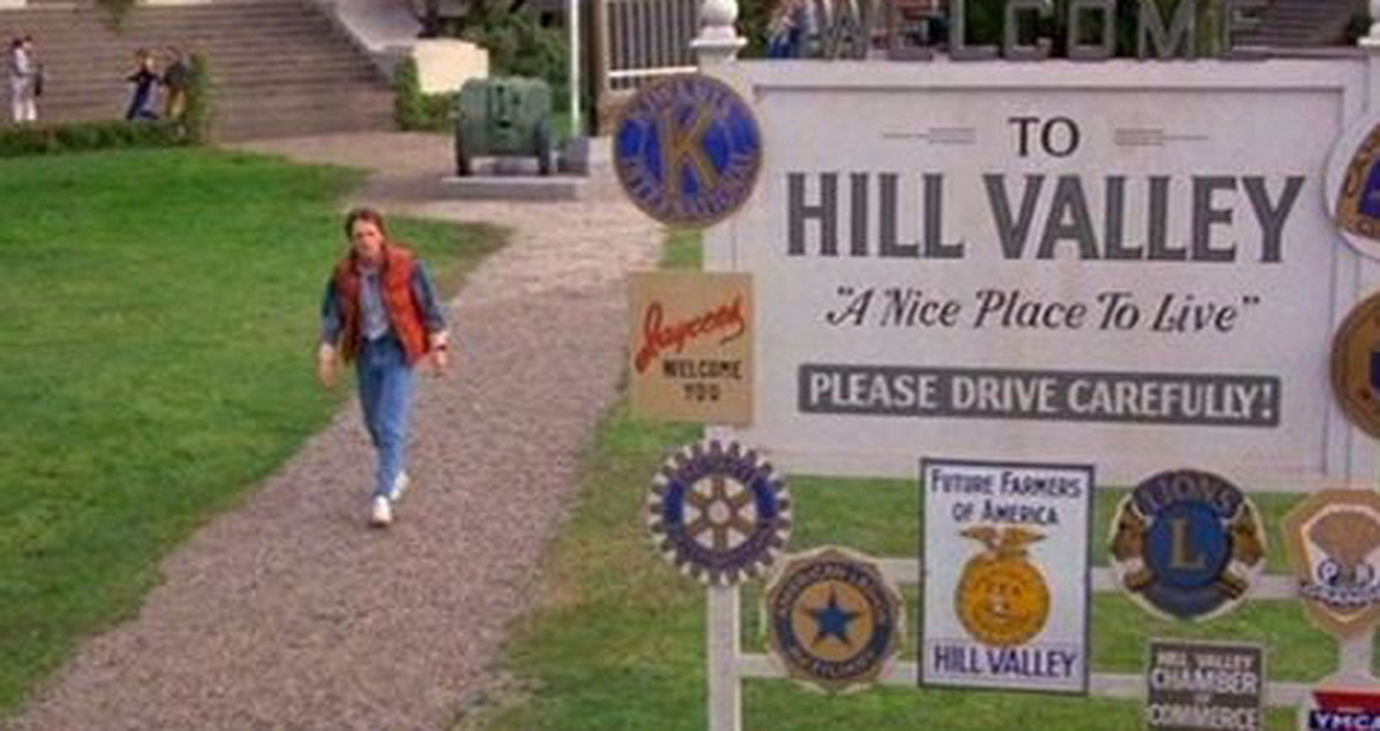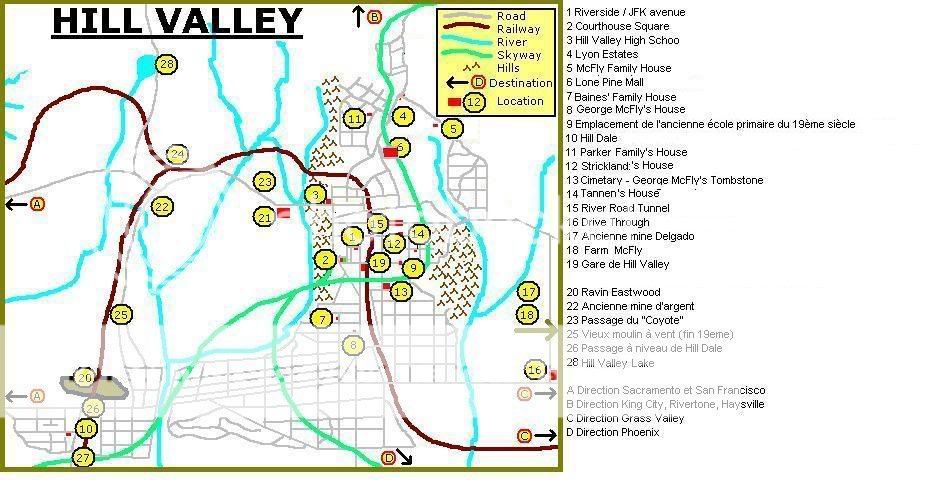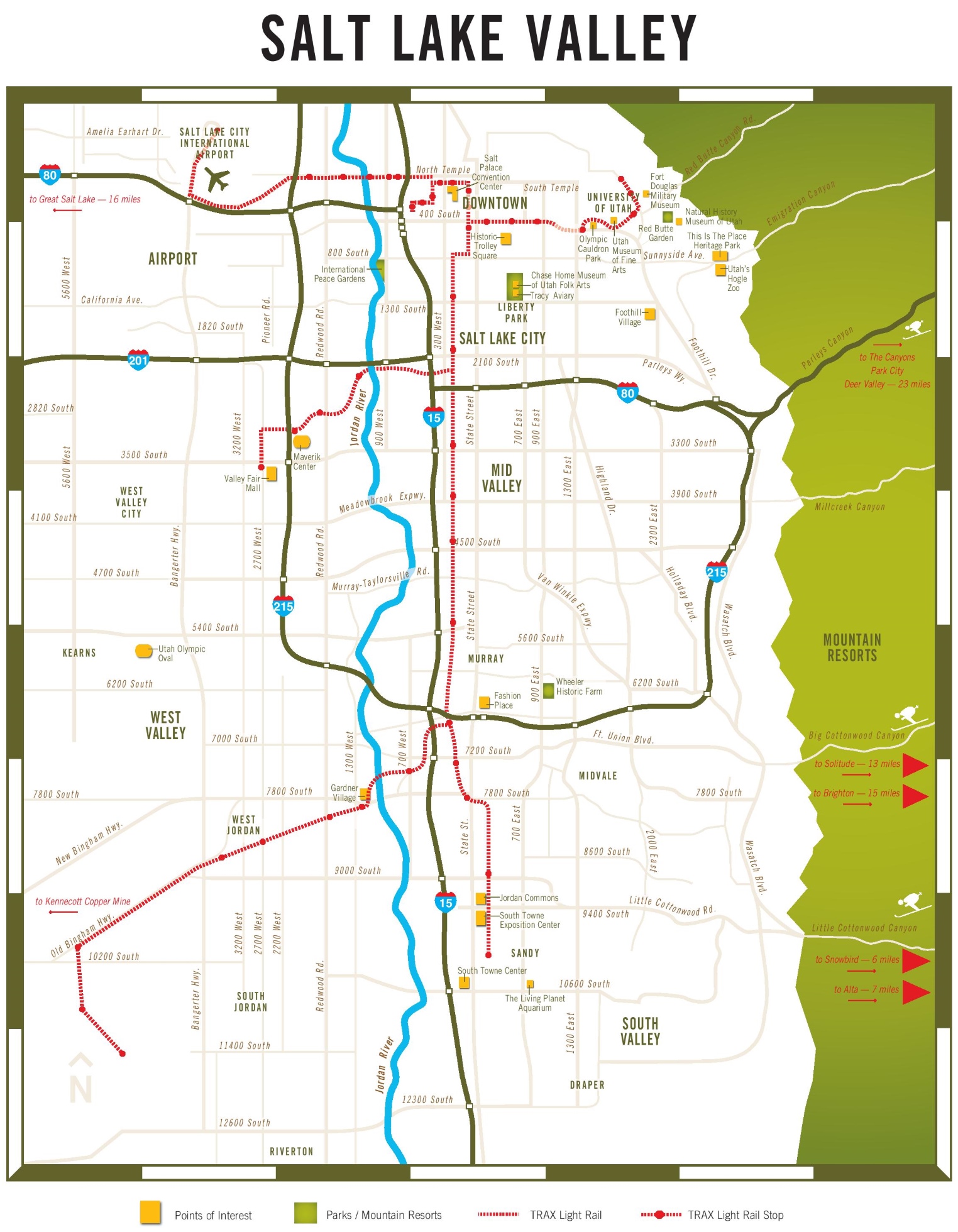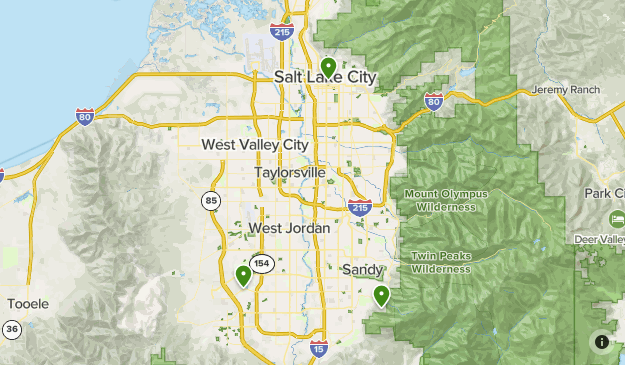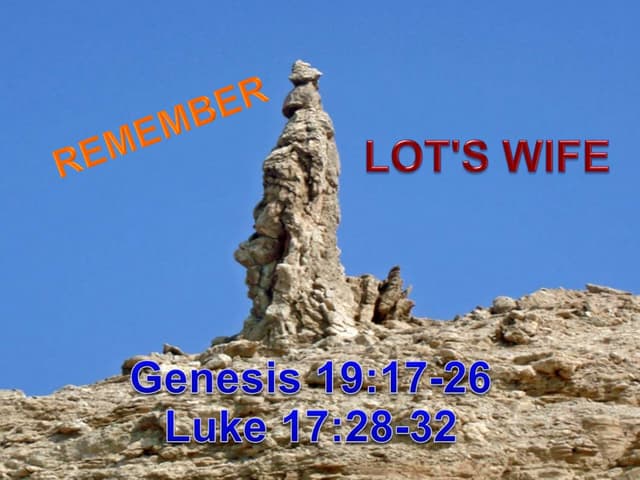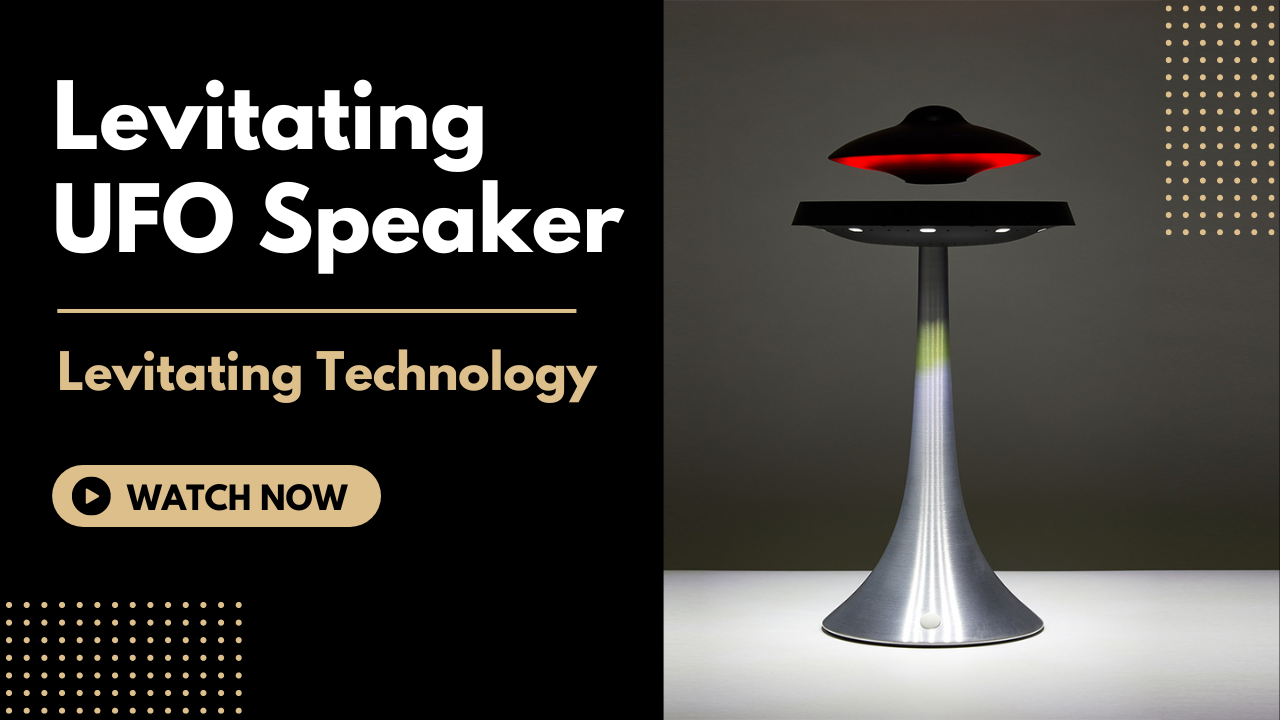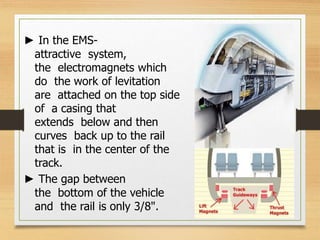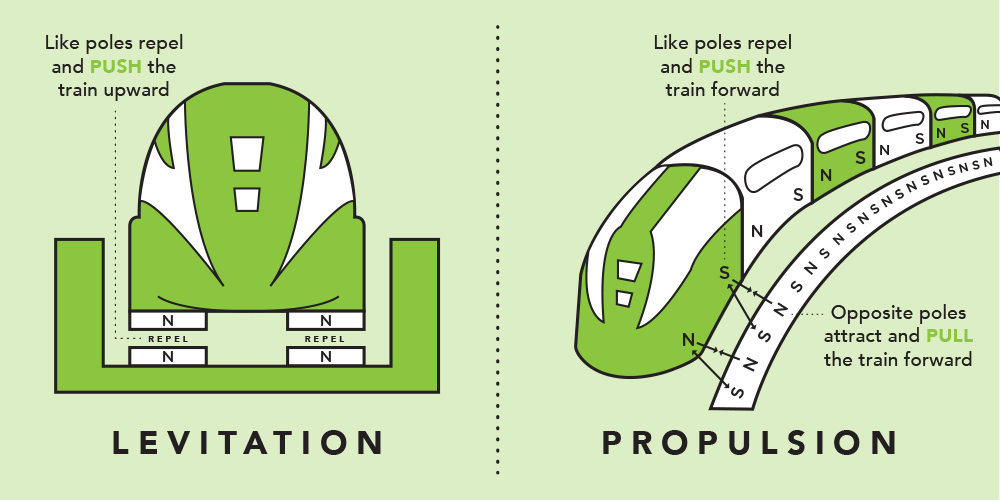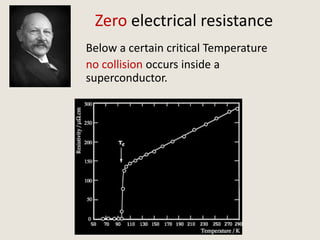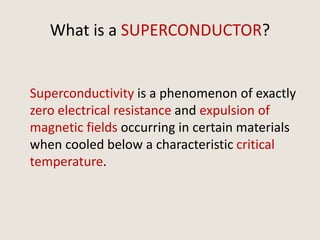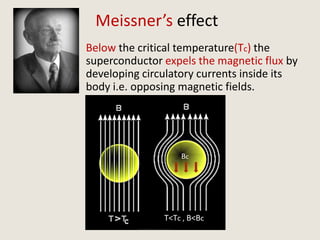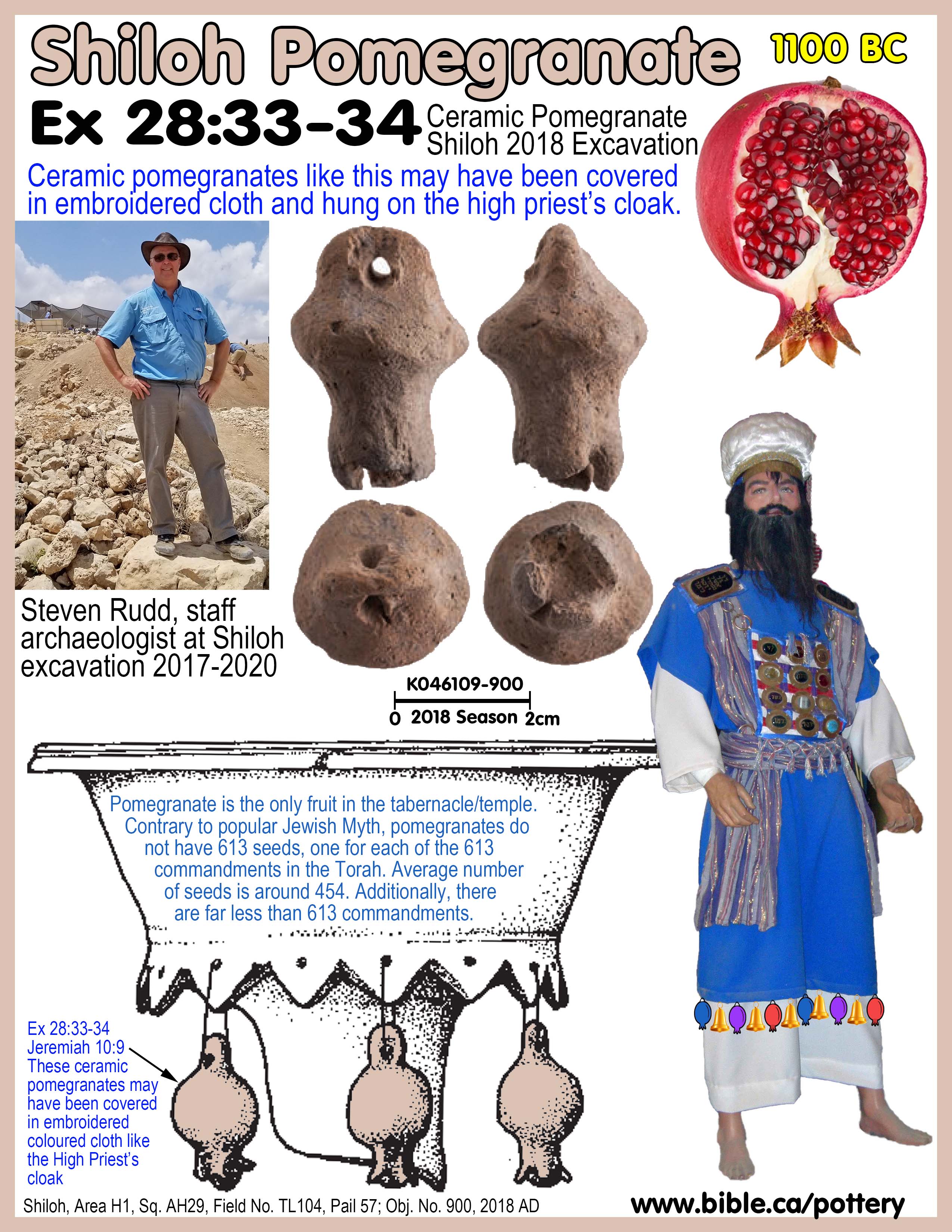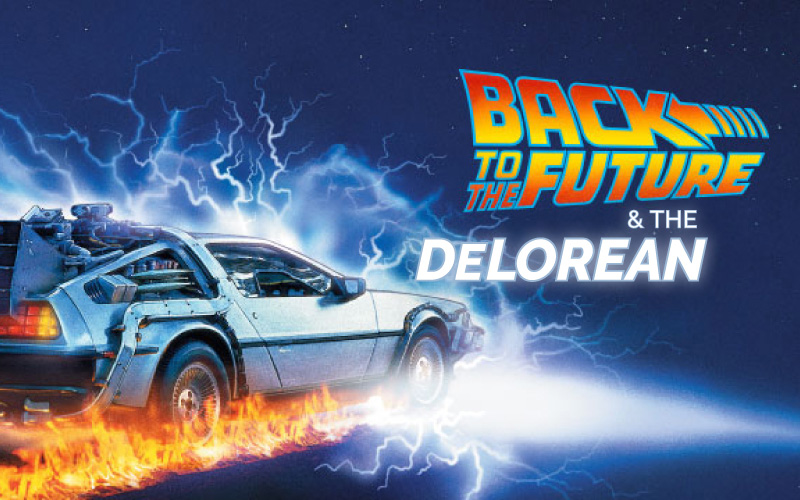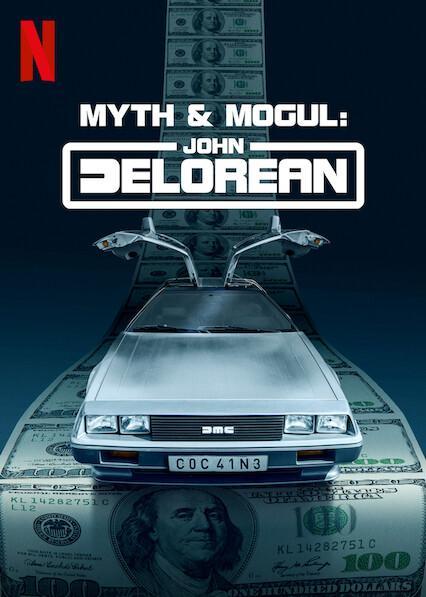|
|


Comparen las dos figuras anteriores y noten que la LUZ SOLAR PENETRA, en este caso EN LA PUERTA DE TIWANAKU (BOLIVIA) en los equinoccios, osea el 20/21 de marzo y los 21/22 de septiembre. CONCRETAMENTE LA FIESTA DE LOS TABERNACULOS ES PRIMA HERMANA DE LA FIESTA PASCUAL. EN ESTE MARCO, INSISTO, EL SOL, SI USTED COMPARA CON LA FIGURA SUPERIOR, EN LOS MISMOS EQUINOCCIOS LA LUZ SOLAR CHOCA CON LA PIRAMIDE VATICANA E INCLUSO INGRESA O PENETRA ADENTRO DEL TEMPLO DE SAN PEDRO. PREGUNTO: ¿SI LA PLAZA DE MARIA DE LA VICTORIA ESTA UBICADA EN LA MISMA LINEA EQUINOCCIAL, QUIEN ES EN ESTE MARCO LA MISMA, EN EL CONTEXTO QUE LA PASCUA TAMBIEN TIENE ESA REFERENCIA? CUALQUIER PERSONA QUE TIENE TRES DEDOS DE FRENTE SE DA CUENTA QUE ES MARIA LA MAGDALENA. SI NO ES ASI PREGUNTO:
¿PORQUE CRISTO SE PRESENTO SIENDO VENCEDOR EL 17 DE NISSAN, OSEA EN EL EQUINOCCIO FRENTE A MARIA MAGDALENA?
¿LA PREGUNTA DEL MILLON DE DOLARES, PORQUE EL NEXO DEL 22 DE JULIO, CON EL 22 DE SEPTIEMBRE, AMBAS FECHAS EN EL MARCO AL CALENDARIO GREGORIANO Y AL EQUINOCCIO CON LA GRAN PIRAMIDE EN EL MARCO AL NEXO 22/7=3.14? ¿PORQUE LA REFERENCIA DEL CALENDARIO GREGORIANO ESTA EN EL MARCO A LA FESTIVIDAD HEBREA DE LOS TABERNACULOS EN EL MISMO MARCO A VIRGO E INCLUSO A LA MISMA SANTA CENA DE LEONARDO DAVINCI?
|
|
|
|
|
26 ene 2023 — Al mediodía del solsticio de verano en la basílica de Sainte-Madeleine en Vézelay se produce el curioso fenómeno del alineamiento de ...
Falta(n): JUNE | Realizar una búsqueda con lo siguiente: JUNE
Registered since June 24, 1994 in the Foundations Registry of the Ministry of Education, Culture and Sports. Santa María la Real Foundation. All rights ...
Both solstices are symbolized by John the Baptist (name day: June 24) and Jesus (Christmas: December 25). So, the basilica is one huge frame story and one ...
On June 24th, the birthday of John the Baptist, the sun is set in such a way that the light falls in places in the central aisle. This symbolizes stepping ...
|
|
|
|
|
salt lake city=alchemy (salt)=dollar=$= LOT S WIFE (SODOMA AND GOMORRA)
|
|
|
|
|

Dicen que San Luis es una zona de avistamiento frecuente de ovnis
El ufólogo Luis Burgos, antes de su exposición en El Volcán, aseguró que en Arizona, en la década del '50, se vio una de las primeras naves nodrizas del país.
Por Flavio Cabeytú
| 25 de octubre de 2018
Ya lleva casi cincuenta años en la investigación del fenómeno de los platos voladores, una atracción que comenzó en su niñez, durante la década del '60. Luis Burgos será uno de los disertantes de la conferencia "Están entre nosotros, los ovnis llegan a San Luis" que se realizará mañana a partir de las 19 en el Complejo "La Agostina", de El Volcán. El investigador tiene 62 años, nació en Ensenada (Buenos Aires), pero vive en La Plata hace más de cuarenta años. En los '70 comenzó a dedicarse a la observación y el estudio de los ovnis, convirtiéndose en uno de los máximos exponentes de este campo que crece a un costado de la ciencia oficial. También integra la agrupación Investigadores de Campo Ovni Unidos (ICOU), que realiza charlas por todo el país, como la que lo traerá mañana a la localidad turística. Además es el presidente de la Fundación Argentina de Ovnilogía (FAO).
De acuerdo al ufólogo, San Luis como todo Cuyo es una zona en donde se originan con frecuencia avistamientos, aunque en el resto del país también se registran casos, que dependen de la densidad poblacional y la geografía. "En Arizona, en marzo de 1950, se vieron unas de las primeras naves nodrizas que se observaron en Argentina. Fue de día, dicen que era como un cigarro muy grande plateado que sobrevoló muy bajo la zona. Lo registraron los medios de la época. Fue uno de los primeros documentos de naves madres, como se las llamaba, eran portadoras de aparatos más pequeños. El caso del dique La Florida hace 40 años, es uno de los más emblemáticos de San Luis y uno de los diez más importantes del país. Fue un contacto no solo a nivel de nave, sino un ser que bajó. La policía abrió una investigación, que avaló lo sucedido", manifestó.
Su fascinación por este fenómeno comenzó el 20 de julio de 1969, cuando el hombre llegó a la luna. El futuro investigador tenía apenas 13 años. "Estaba fascinado con todo lo espacial, lo astronómico y los ovnis. Miraba el alunizaje en el viejo televisor en blanco y negro y quería ver un plato volador detrás de los astronautas. Al día siguiente fui corriendo al colegio y le dije a la directora que quería comenzar a dar conferencias. Empecé a juntar revistas y material sobre el tema. Después formo una agrupación que se llamaba Grupo Estudiantil Investigador de Ovnis (Geidovnis) en Ensenada, en el año '69. Brindábamos charlas en las horas libres", recordó Burgos en una entrevista telefónica con El Diario de la República.
Desde esa época comenzó a investigar los distintos avistamientos ocurridos en el país. Entre 1969 y 1979 habló con ruralistas, cazadores, campesinos o automovilistas, que habían visto un objeto volador en el cielo. "A partir de 1980 tuve la suerte de ver nueve platos voladores. No se dio porque haya algo en especial ni tengamos contactos, sino porque uno va a investigar a lugares donde el fenómeno está apareciendo. Vamos a donde los vieron y hacemos vigilias permanentemente, saliendo a la costa del río, las lagunas y los campos", precisó.
Dijo que la mayor experiencia que vivió fue el 4 de marzo de 1986 en un terreno de una localidad llamada Atalaya sobre el Río de la Plata, en el partido de Magdalena, provincia de Buenos Aires. En un predio cercano, junto a otros investigadores, vio en el cielo durante 45 minutos a dos objetos luminosos que parecía que danzaban en la noche. "Estábamos en un campo en donde aterrizaban siempre. En un determinado momento hizo un acercamiento al grupo. Luego de algunos minutos realizaron un segundo intento y fue cuando algunos del grupo se pusieron nerviosos. Los fotógrafos querían salir corriendo. Pero al final los objetos se alejaron y se perdieron en el cielo. Fue tan grande ese encuentro que nos marcó para siempre a los siete que estuvimos ahí, porque fue algo anómalo, desconocido y que vencía la ley de la gravedad", detalló.
Este avistamiento se hizo conocido en el mundo cuando lo recreo el programa "Contacto Extraterrestre", que se emitió por el canal History Channel. "Lo trasmitían hasta hace poco meses, pero además lo importante fue que en ese campo había 150 huellas de aterrizajes, un récord mundial. No hay un terreno en el mundo que tenga tantas marcas", destacó.
El investigador desconoce cuál es la finalidad de esta "visita" al planeta Tierra. Dice que los ufólogos son pluralistas y cada uno tiene su versión. En su caso se hizo tres preguntas y después de casi cinco décadas aún no las puede contestar. "La primera es de dónde viene el fenómeno. Todo apuntaría que sería extraterrestre, es la hipótesis estrella. Hay otras que dicen que son viajeros del tiempo y del interior de la Tierra. La segunda es cómo hacen para venir, cuál es el método de propulsión que tienen sus naves, que pone en jaque a los astrónomos. Muchos de ellos, como Carl Sagan, uno de los más grandes en esa especialidad, creen que existía la vida extraterrestre, que habitan en otros planetas, pero objetan que puedan venir en platos voladores de metal. Desconocemos cómo se mueven. Por último, cuál es el objetivo que tienen al venir, no sabemos que les interesa. Puede ser el planeta, el ser humano, la biología o la geografía. Estamos ubicados en un confín de la galaxia, cayéndonos de la Vía Láctea, con un sol diminuto y 200 mil millones de estrellas por delante, y ellos tienen tanto interés en nosotros. Esas tres preguntas no las puedo contestar", precisó.
La película "Encuentros cercanos del Tercer Tipo" dirigida por Steven Spielberg y protagonizada por Richard Dreyfuss y Melinda Dillon, estrenada hace 41 años, fue un suceso mundial en donde el tema de los extraterrestres fue llevado a la pantalla grande de manera seria, distinta a las producciones hollywoodenses que se habían realizado en las décadas del '50 y '60, en la que pintaban a los alienígenas como invasores. "Es un filme que juega un poco con la ficción y la realidad. Spielberg fue asesorado por investigadores y vendió para el cine, pero se basó en varios hechos reales que ocurrieron y es muy interesante como mensaje", opinó.
Conferencia y placa
Además de Burgos, que cerrará la charla, los investigadores que disertarán serán Edith Moneda, de Colón, Entre Ríos; Pablo Omasttot, de Corrientes; Marcelo Martinich, de Santa Fe y Marcelo Shaín, de Luján. La conferencia está organizada por la Municipalidad de El Volcán y la entrada es gratuita.
También mañana, pero a las 11 los investigadores se dirigirán al dique La Florida, donde descubrirán una placa en memoria del avistamiento ufológico que sucedió en 1978, que fue trascendental para toda la Argentina, por cómo se dieron los hechos y que fue clasificado como un Encuentro Cercano del Tercer Tipo. "Es para que la gente conozca que pasó en ese lugar hace 4 décadas", dijo la Comuna de la localidad turística.
|
|
|
|
|
Hi guys, I was wondering for a log time, how to create some engine that works in space, without loosing any fuel/material in jet. It there would be a method to use only electric power to generate thrust, that do not violate momentum conservation rule... I know that there is EMdrive idea, but I do not want to discuss it here, since it is not confirmed jet. I invented my own idea and I claim, that it does not break momentum conservation rule. In simplest words the idea is to use cyclotron and send it to the space :-) Cyclotron will give us circulating plasma consisted of negatively charged particles, accelerated to very high velocities and rotating on the circulated path. Of course in space when we accelerate plasma, cyclotron will also gather some rotational move in opposite direction than plasma. Here is the view from the top  When we already have plasma circulating with very high speed, then in some places (called Thrust Generators) we activate magnetic field in the plane of the cyclotron, but perpendicular to the plasma's move. Magnetic field makes plasma's path curved up to the cover. Then plasma hits up cover and bounce back following curved path. Here is the picture how it would look like  And now, the point. 1. Magnetic field does not make work over plasma. It curves plasma's path without any centrifugal acceleration or force going down, that would give momentum down to the cyclotron. 2. But when plasma hits the cover of the Thrust Generator it transfers its momentum and bounce back to the cyclotron. So the thrust is only in up direction. What do you think about such engine, transformating rotational kinetic energy into thrust? P.S. May be this is the reason, why UFO observers almost always describe UFO as rotating plate?...
..breakthrough is not just next ordinary step...
https://forum.cosmoquest.org/forum/the-proving-grounds/against-the-mainstream/134160-ufo-engine-idea-flying-cyclotron |
|
|
|
|
An unnamed aerial vehicle created 8 years before the discovery of manned aerial vehicle by the Wright brothers claimed to use the ancient technology. The Propulsion materials used consisted of Mercury, Xenon, Argon, Krypton, Hydrogen and different thrusters like Ion Thrusters, Plasma Thrusters and Hall Thrusters. Mercury Vortex Engine is the forerunner of today's ion thrusters. This is NASA's ambitious project going on.
HISTORY
Vedas are viewed as one of the most established reports in mankind, which showed different Vimanas (vehicles) and drive, as old as 7000 years. Vimanas like Jalayan (vehicle operating on water), Kaara (vehicle working on ground and water like air cushion vehicle), Tritala (three Story space vehicle), Tri Chakra Vimana (vehicle working in air like plane), Vayu Ratha (vehicle worked by wind or gas), Vidyut Ratha (vehicle working on sunlight based power).
These Vimanas were working with various driving forces materials like Mercury, Xenon, Argon, Krypton, Hydrogen and various thrusters like Ion Thrusters, Plasma Thrusters and Hall Thrusters. Ion Thrusters are upgrades of Mercury Vortex Propulsion.
WHAT IS MERCURY PROPULSION SYSTEM?
Numerous Vimanas utilized Mercury Engines. In Mercury Engines, propellants are formed by catching liquid air from the environment in their tanks. To warm the air, mercury is inserted into the expansion chamber. As a superheated M, it is appropriate for clinical consideration. As the nozzle fills, plasma air expands.
MIGHT MERCURY AT ANY POINT BE USED FOR PROPULSION?
The Space Electric Propulsion Test (SERT) program was when NASA tried mercury fully intent on figuring out how to transform the component into something different. NASA could possibly benefit from involving mercury as fuel in its space apparatus. Utilizing as out main component, a Hydrogen Peroxide weighs ten fold the amount of as Xenon or Krypton, the substance being utilized in ion engines right now.
WHAT IS MERCURY VORTEX TECHNOLOGY?
In ancient history, a Mercury Vortex Engine was developed and propelled in light of the Hindu Ion Engine of the same name that has been applied of late. It was common for Vimanas to utilize Mercury Engines. Gas or liquid nitrogen-filled propellant tanks are utilized in mercury engines.
WORKING OF A MERCURY VORTEX ENGINE
An electromagnetic field coil inside a closed condenser loaded up with liquid or vapor Mercury, keeping the core axis vertical to the shaft. Vertical Heat Exchanger Coils protrude through the Ring Conductor (ring conductor is additionally called as Directional Gyro-Armature).
Whenever the heat exchanger coils are energized, the ring conductor is shot high up which lifts the airplane in the air when the current is controlled by a Rheostat. Lift is recovered in light of the close proximity of the magnetic field to the ring conductor.
MIGHT MERCURY AT ANY POINT BE USED AS ROCKET FUEL?
As opposed to liquid rocket fuel, Mercury isn't reliable. In any event, when Mercury is transformed into gas, little yet significant reactions lead to little energy delivery and bring about gases containing high Molecular Weight. Therefore, Mercury-fueled rockets will have a low specific impulse since their exhaust flow will be essentially lower than other rocket types. Other than being harmful, mercury is one of the principal agents of climate change.
WHY IS MERCURY NOT USED AS FUEL?
This spacecraft carries heavier Mercury than Xenon or Krypton so Mercury can produce significantly more power when conveyed to the International Space Station (ISS). This likewise has the burdens of being noxious and hence preventing NASA from leading exploration on Mercury in the present.
DEMERITS OF MERCURY VORTEX PROPULSION
The dangers of Mercury Vortex Propulsion are when the liquid metal Mercury is heated; it gives forth a hot vapor. This vapor is deadly poisonous, because if the liquid metal mercury is made radioactive and heated sufficiently to emit radiation. Any leaks in the mercury would, therefore, be a double danger to the crew and maintenance personnel of any vehicle powered by a mercury vapor turbine.
REFERENCES
REPORT BY
1. Jojit Dutta
Mechanical Engineering UG-1
JUMSC Member
2. Tamalika Mondal
Mechanical Engineering UG-1
JUMSC Member
https://www.teamxlr8ju.com/post/mercury-vortex-engine |
|
|
 Primer Primer
 Anterior
38 a 52 de 52
Siguiente Anterior
38 a 52 de 52
Siguiente
 Último
Último

|





